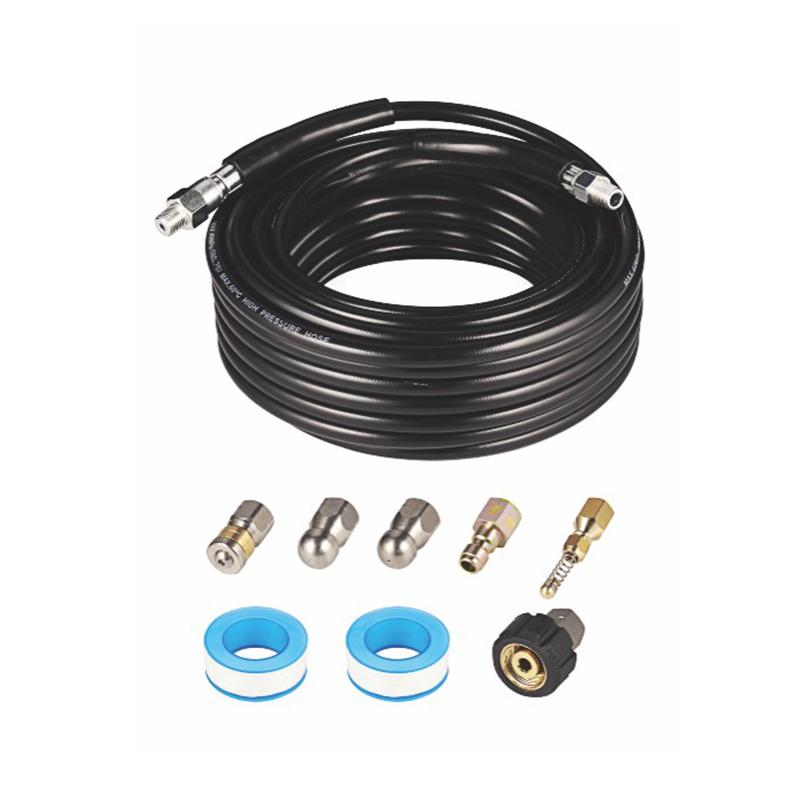Material Selection
The choice of materials is one of fundamental aspects of designing high pressure rubber hoses. The inner layer, typically made of synthetic or natural rubber, must be resistant to the fluid it will carry, whether it's hydraulic oil, water, or chemicals. This inner layer ensures that the fluid does not degrade the hose material, which could bring leaks or failures. The reinforcement layers, often composed of braided or spiral-wound steel wires, provide the necessary strength to handle high pressures. The outer cover, usually made of abrasion-resistant rubber, protects the hose from external damage and environmental factors.
Structural Design
The structural design of high pressure rubber hoses involves multiple layers to ensure good performance. The inner tube is followed by one or more layers of reinforcement. These reinforcement layers can be either textile or wire braid, depending on the required pressure rating. For severely high-pressure applications, multi-layered wire braid or spiral construction is used. The outer cover provides additional protection and can be customized for specific environments, such as resistance to UV radiation, ozone, or chemical exposure.
Pressure Rating
The pressure rating of a high pressure rubber hose is a crucial factor in its design. It is determined by the type and arrangement of the reinforcement layers. The higher the number of reinforcement layers and the tighter the weave, the greater the pressure the hose can withstand. Manufacturers use standardized tests to determine the burst pressure and working pressure of the hose. The working pressure is typically a fraction of the burst pressure to provide a safety margin.

